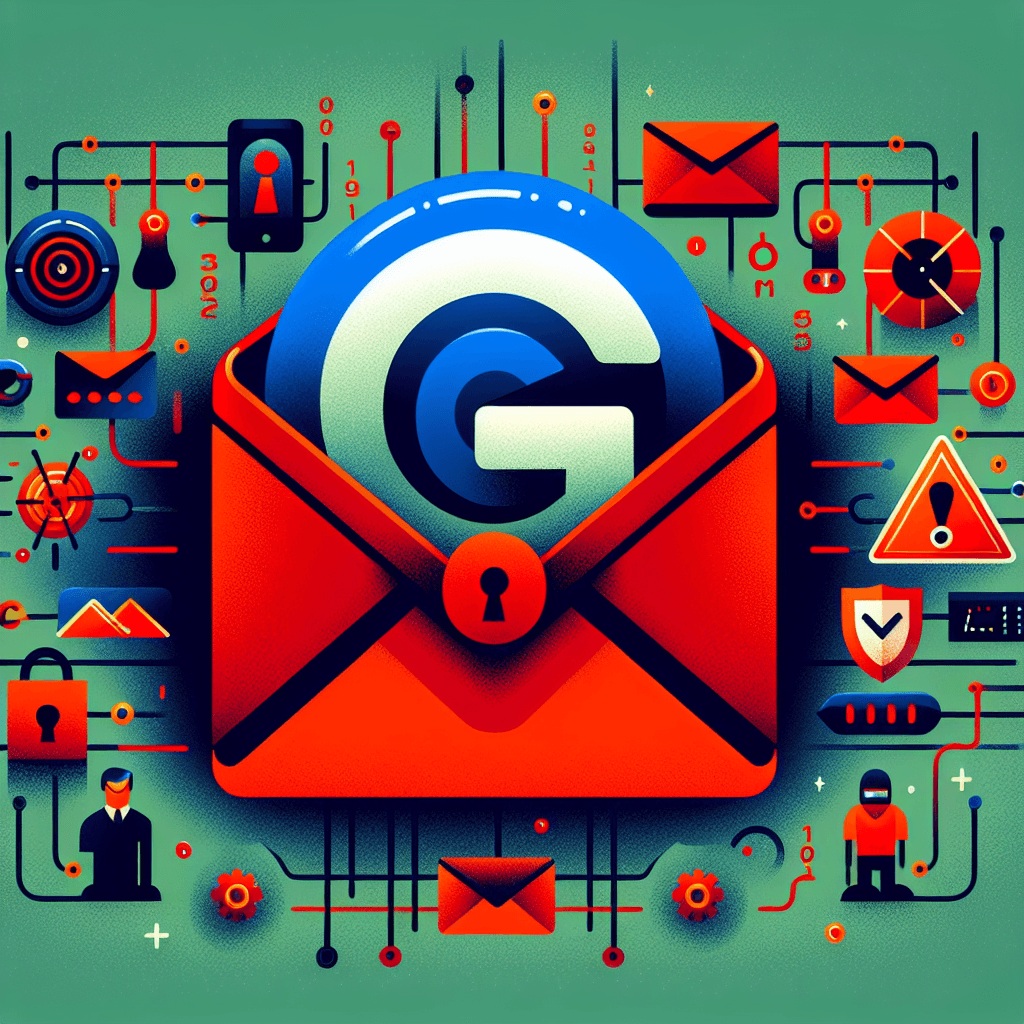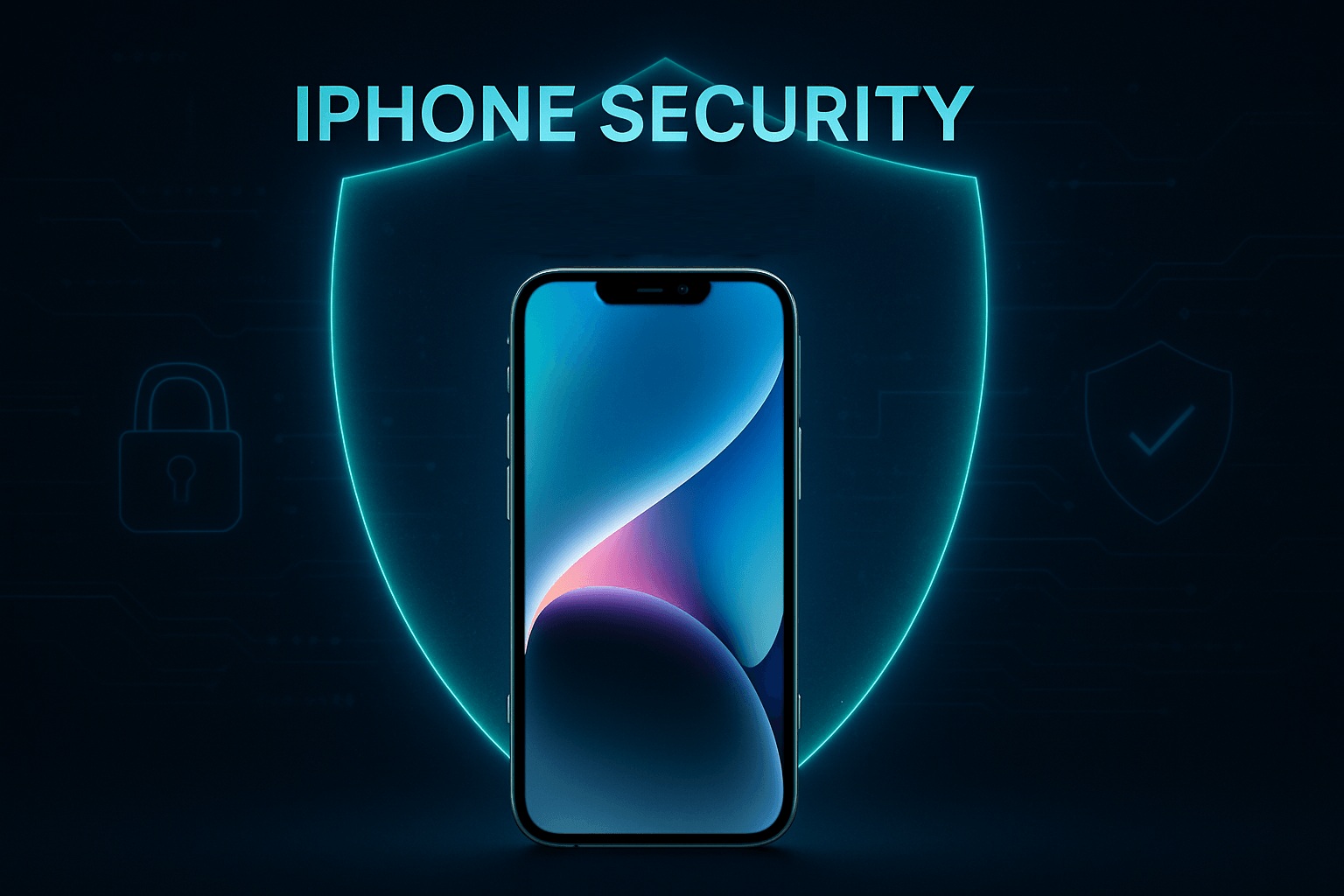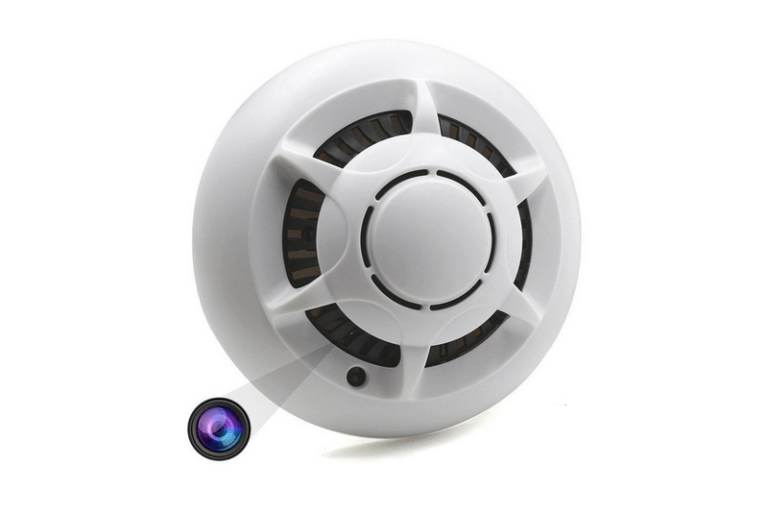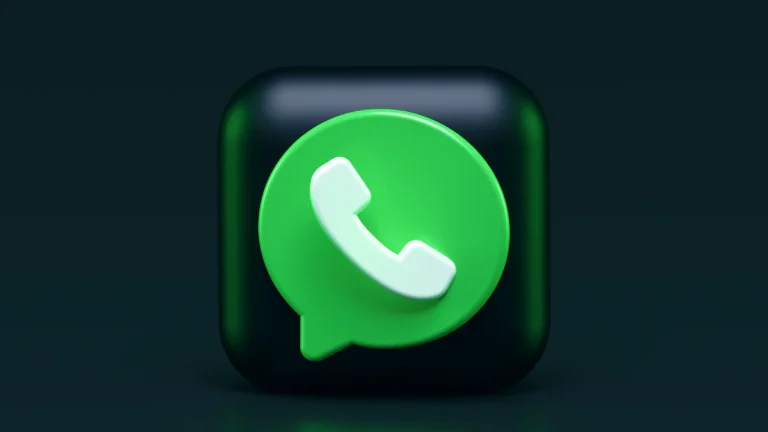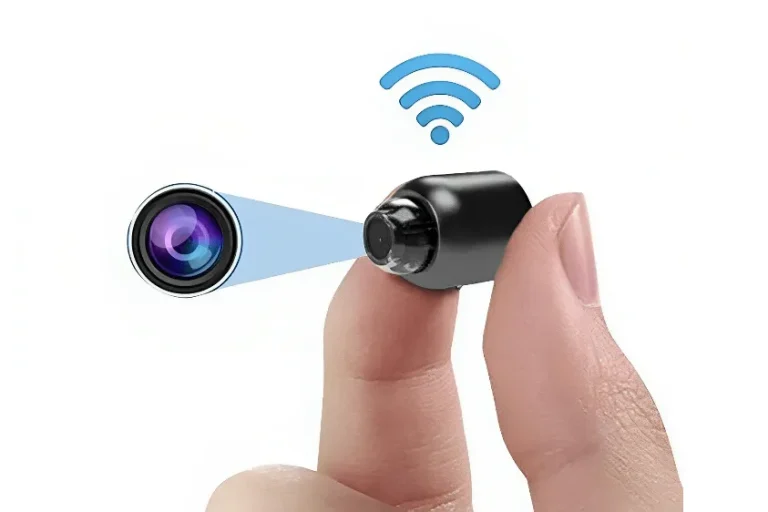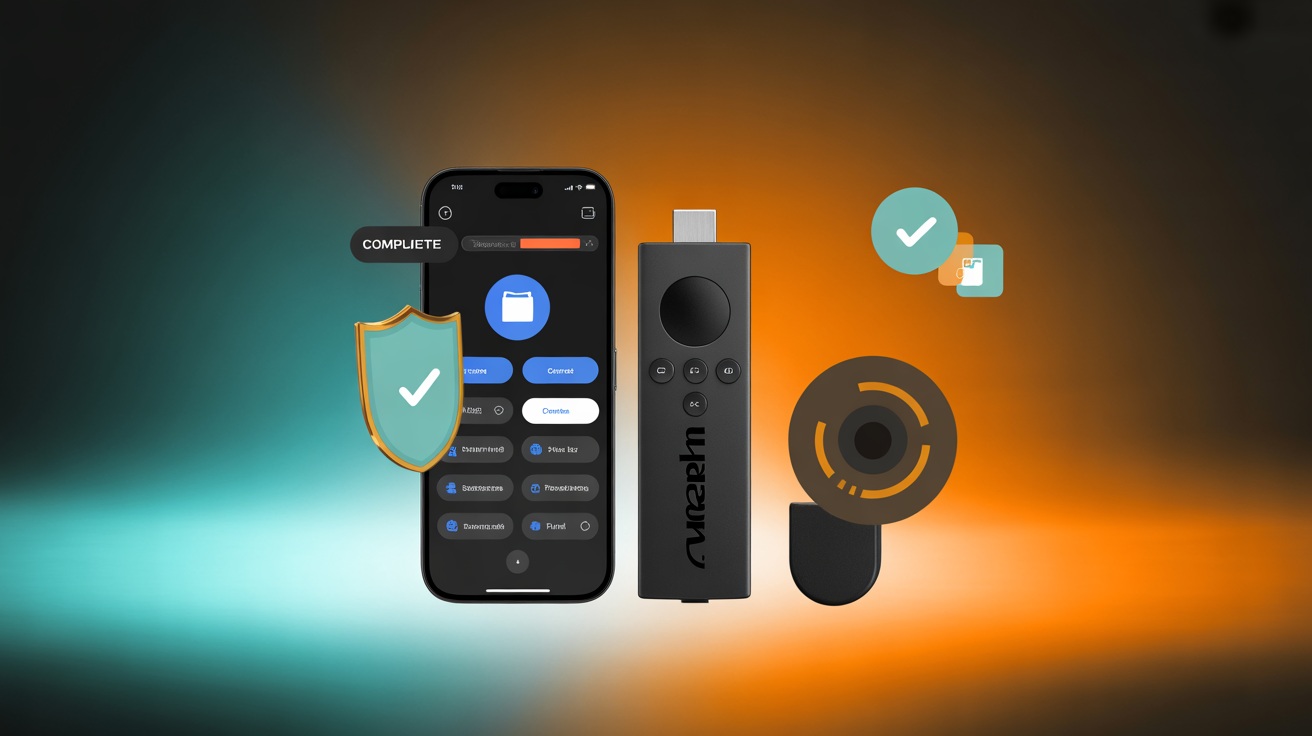5 Simple Ways to Protect Your Gmail Account from Hackers

You want to know how to secure my gmail account from hackers. Start with a few simple steps and you can protect your gmail account fast. Gmail hacking attempts have jumped by 243% in just six months. Take a look at these numbers:
Metric | Statistic |
|---|---|
Increase in Gmail hacking attempts | |
Total hacking attempts on Google accounts | Over 4,000,000 attempts (including Gmail) |
Hacking attempts on Facebook accounts | Over 3,500,000 attempts |
Hacking attempts on Amazon accounts | Over 3,000,000 attempts |

Many people face these threats every day. Over one-third of Americans have had a data breach. About 61% have been targeted by email scams, including gmail attacks. You can secure gmail account by following these five security measures:
Create a stronger password for gmail.
Set up 2-factor authentication.
Use Google Security Checkup.
Manage app access on gmail.
Avoid phishing to protect your gmail account.
You can secure your gmail account quickly. Take these steps now and keep your gmail safe.
Key Takeaways
Make a strong password with letters, numbers, and symbols. This helps keep your Gmail safe.
Turn on two-factor authentication. This gives you more protection than just a password.
Check your Google Security Checkup often. Look for devices you do not know. Update your recovery info if needed.
Delete apps you do not trust or use from your Gmail. This stops hackers from getting into your account.
Be careful with emails. Do not click links you do not know. Report messages that look suspicious to stay safe.
Stronger Gmail Password
Keeping your Gmail safe starts with a stronger Gmail password. Hackers love to target weak passwords because they are easy to guess. If you use a simple password, you make it much easier for someone to break into your Gmail. Many email hacking incidents happen because people use passwords like “12345” or “password.” You can avoid this risk by making your password strong and unique.
Create a Unique Password
You want your Gmail to stay secure, so you need a strong password that no one can guess. Here’s how you can do it:
Make your password at least 12 characters long.
Mix uppercase and lowercase letters, numbers, and special symbols.
Stay away from names, birthdays, or easy patterns like “abcd” or “qwerty.”
Try using a password generator to create a random and complex password.
Change your password every year, even if you think it’s safe.
Tip: A strong password is long, unpredictable, and unique. This makes it much harder for hackers to break in using brute force or guessing attacks.
Many people don’t realize that 35% of security breaches happen because of weak passwords. In fact, 80% of Mastercard data breaches are linked to weak or stolen passwords. If you use a strong password, you make your Gmail much more secure.
Don’t Reuse Passwords
Never use the same password for more than one account. If you reuse passwords, a hacker who gets your password from one site can try it on your Gmail and get in. Studies show that about 41% of successful logins use stolen passwords, and most people reuse passwords on four different accounts. This puts your Gmail at risk.
You can use a password manager to help you remember all your strong passwords. Password managers can create, store, and fill in passwords for you, so you don’t have to write them down or use the same one everywhere. This keeps your Gmail secure and makes your life easier.
2-Factor Authentication

Adding 2-factor authentication to your Gmail is one of the best ways to keep your account secure. This extra step makes it much harder for hackers to get in, even if they know your password. With 2-factor authentication, you need something more than just your password to sign in. You might use your phone, a code, or a special security key. This simple change can protect your Gmail from many threats.
Set Up Two-Factor Authentication
You can set up 2-factor authentication in Gmail in just a few minutes. Here’s how you do it:
Sign in to your Gmail and go to your Google Account settings by clicking “Manage your Google Account.”
Click the “Security” tab.
Find the “Signing in to Google” section and select “2-Step Verification.”
Follow the steps on the screen to start.
Enter your phone number so you can get a code.
Type in the code you receive to prove it’s you.
Pick your favorite way to get codes, like Google prompts, the Authenticator app, SMS, or a security key.
Confirm your choices and turn on 2-factor authentication.
Tip: You can choose from different second steps, such as a quick tap on your phone, a code from an app, a text message, or a physical security key. Pick the one that feels easiest and most secure for you.
Use Security Keys
Security keys give your Gmail account the strongest protection. These are small devices that you plug into your computer or connect wirelessly. They use special codes to prove it’s really you. Even if someone steals your password, they can’t get into your Gmail without your security key.
Here’s why security keys are so powerful:
Feature | Benefit |
|---|---|
Fewer compromised accounts | Google says 2-factor authentication cuts hacked accounts by 50%. |
Strongest defense | Security keys block fake sign-ins and phishing attacks. |
Expert advice | Google experts recommend security keys for the most secure Gmail setup. |
Many people now use security keys because phishing attacks are rising. Security keys use your fingerprint or a PIN, making it almost impossible for hackers to break in. If you want to keep your Gmail as secure as possible, add a security key as your second step.
Google Security Checkup
Keeping your Gmail safe means you need to check your account’s security often. Google Security Checkup gives you a simple way to review your settings and spot any problems. You can use this tool to monitor security activity and make sure only you have access to your Gmail.
Review Account Activity
Start by opening Google Security Checkup. You will see a list of devices that have signed in to your Gmail. Look for anything you do not recognize. If you see a device or location that looks strange, remove it right away. This helps you monitor security activity and stop hackers before they cause trouble.
Check the list of devices and sign-ins.
Remove any device you do not use.
Review apps that have access to your Gmail.
Turn off access for apps you do not trust.
Tip: Make it a habit to check your account activity every month. This keeps your Gmail secure and helps you catch problems early.
Update Recovery Options
If you ever lose your password, recovery options help you get back into your Gmail. You need to keep your recovery phone number and email up to date. Here’s how you can do it:
Sign in to your Gmail account.
Go to your account settings and find the Security section.
Check your recovery phone and email. Update them if they are old or incorrect.
Pick options that are easy for you to access but hard for others to guess.
A Google report shows that about 67% of people get back into their accounts when they set recovery options ahead of time. If you update your recovery info and passwords often, you make your Gmail more secure and avoid getting locked out.
Note: Always keep your software and apps updated. Updates fix security holes and help protect your Gmail from new threats.
Manage App Access
Remove Suspicious Apps
You might not realize how many apps connect to your Gmail. Some apps ask for access when you sign up or use a new feature. Over time, you can forget which ones you allowed. If you leave suspicious or old apps connected, you give hackers more ways to get into your Gmail.
Here’s what you should do:
Open your Google Account settings.
Go to the “Security” section.
Find “Third-party apps with account access.”
Review the list and remove any app you do not use or do not recognize.
Tip: Removing suspicious apps like stalkerware is critical. These apps can steal your information or even reinstall themselves if you restore from a backup. After you remove a suspicious app, reset your password to make sure your Gmail stays safe.
If you think an app is dangerous, you can create a new Google account to avoid using compromised credentials. This step helps you start fresh and keeps your Gmail secure.
Control Third-Party Access
Third-party apps can make life easier, but they also bring risks. Some apps ask for more access than they need. If you let too many apps connect to your Gmail, you open the door to hackers and phishing attacks.
You can control third-party access by following these steps:
Regularly check which apps have access to your Gmail.
Remove any app that looks suspicious or that you do not remember adding.
Only allow trusted apps to connect to your Gmail.
Review your login history and active sessions. Revoke access to any device you do not recognize.
Check for strange filters or forwarding rules in your Gmail settings.
Experts say you should whitelist only trusted apps. This means you pick which apps can connect to your Gmail and limit what they can see. Data shows that 61% of companies had problems because of third-party breaches. By controlling access, you lower your risk and keep your Gmail safe.
Note: Regular security reviews help you spot problems early. You can also use security tools to monitor your Gmail and get alerts if something looks wrong.
Avoid Phishing

Phishing is one of the biggest security threats you face when using gmail. Hackers use fake emails to trick you into giving away your password or clicking on dangerous links. You can protect yourself by learning how to spot these scams and knowing what to do if you see one.
Spot Suspicious Emails
You might get an email that looks real, but it could be a trick. Phishing emails often copy the style of big companies or even gmail itself. Here are some signs that an email might be a phishing attempt:
The sender’s address looks strange or uses a domain that is almost, but not quite, right.
The email asks you to act fast or threatens you with trouble if you do not respond.
You see spelling mistakes or odd grammar.
The message starts with a generic greeting like “Dear user” instead of your name.
There are links or attachments you did not expect.
The email comes from someone you do not know or a first-time sender.
Tip: Google will never ask for your password or personal details by email. If you get a message like this, it is a scam.
Phishing remains the most common cybercrime. Even though Google blocks most phishing attempts, millions of people still fall for these tricks every year. If you notice anything odd, report the email using the “Report phishing” option in gmail. This helps protect you and others from future security threats.
Don’t Click Unknown Links
Never click on links or download attachments from emails you do not trust. Clicking a bad link can lead to serious problems. You could lose your data, let hackers take over your gmail, or even face financial fraud. Some links install malware that can lock your files or steal your information without you knowing.
If you think you clicked a phishing link, act fast:
Change your gmail password right away.
Run a security checkup to review your account activity.
Report the email to Google using the “Report phishing” feature.
Watch for signs of trouble, like new devices or strange messages.
Note: Opening an email is usually safe, but clicking links or entering your details is risky. Always double-check before you act.
Staying alert to phishing emails and unknown links is one of the best ways to avoid security threats and keep your gmail account safe.
You can protect your gmail account by following these five security measures. Each step works together to keep your information safe. Experts say you should:
Use a strong, unique password for every account.
Check trusted devices often and remove any you do not know.
Turn on two-factor authentication for extra security.
Review which apps can access your gmail.
Try Google’s Advanced Protection Program if you want the highest level of safety.
Stay alert and review your settings often. When you take charge, you secure gmail account and keep hackers away.
FAQ
How often should I change my Gmail password?
You should change your Gmail password at least once a year. If you notice anything strange or hear about email hacking incidents, update your password right away. This keeps your account safer.
What should I do if I get a suspicious email?
Do not click any links or download attachments. Mark the email as spam or phishing. Google will help block similar messages in the future. Stay alert to avoid email hacking incidents.
Can I recover my Gmail if I forget my password?
Yes! Use your recovery phone number or email to reset your password. Make sure you keep your recovery options updated. This helps you get back into your account quickly.
Is it safe to use public Wi-Fi for Gmail?
Public Wi-Fi can be risky. Hackers may try to steal your information. Use a secure network or a VPN when you check your Gmail in public places.
How do I know if someone else accessed my Gmail?
Check your recent account activity in Google Security Checkup. Look for unknown devices or locations. If you see anything strange, change your password and review your security settings.

